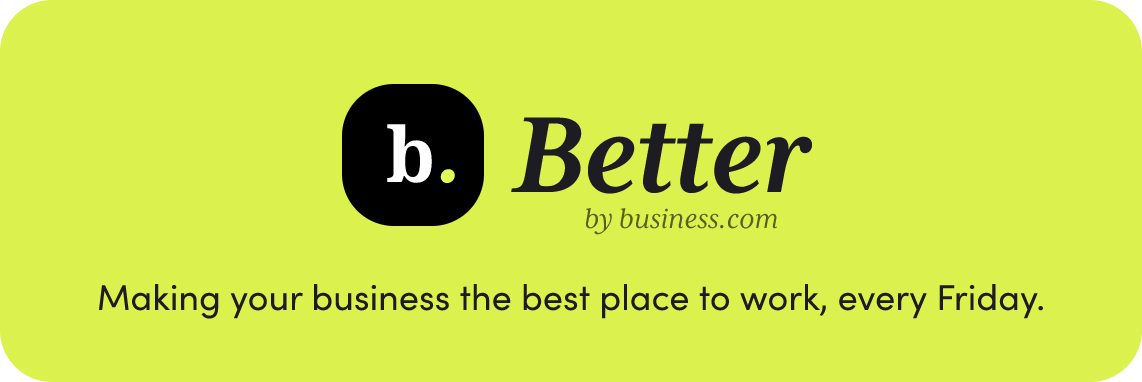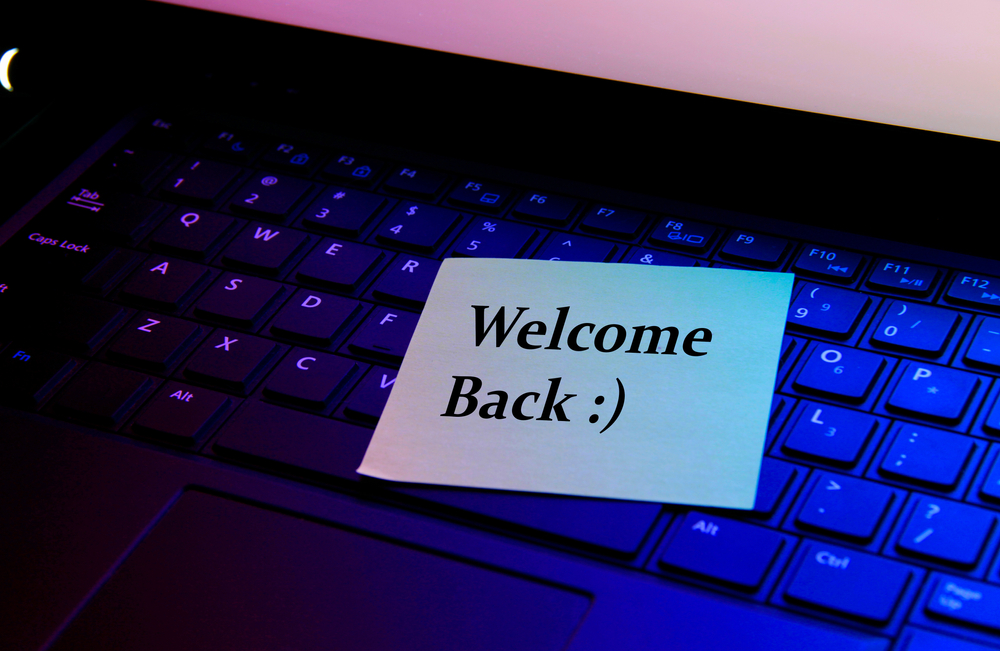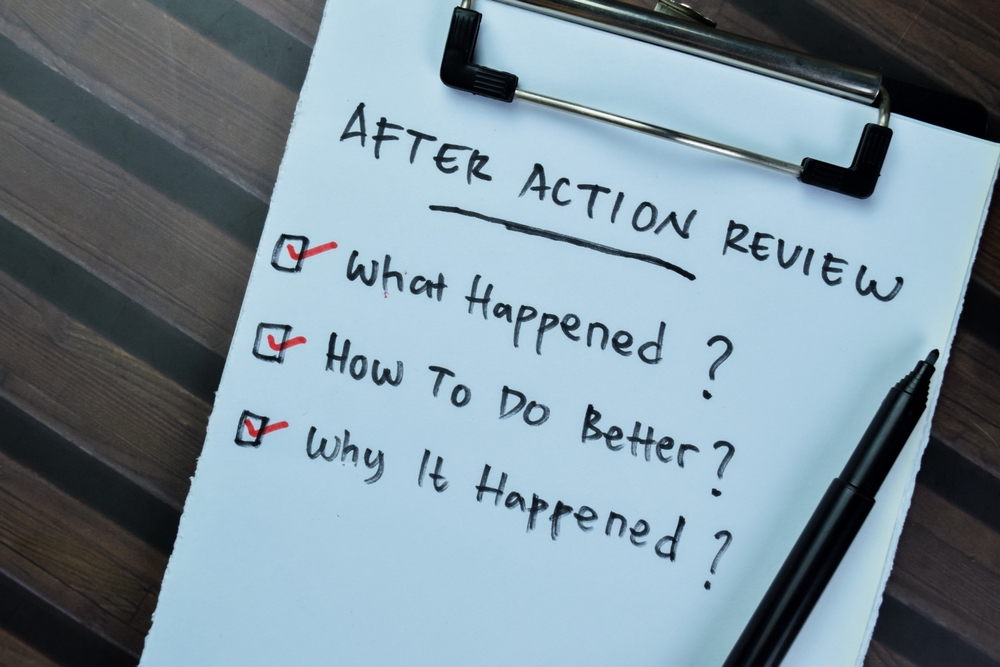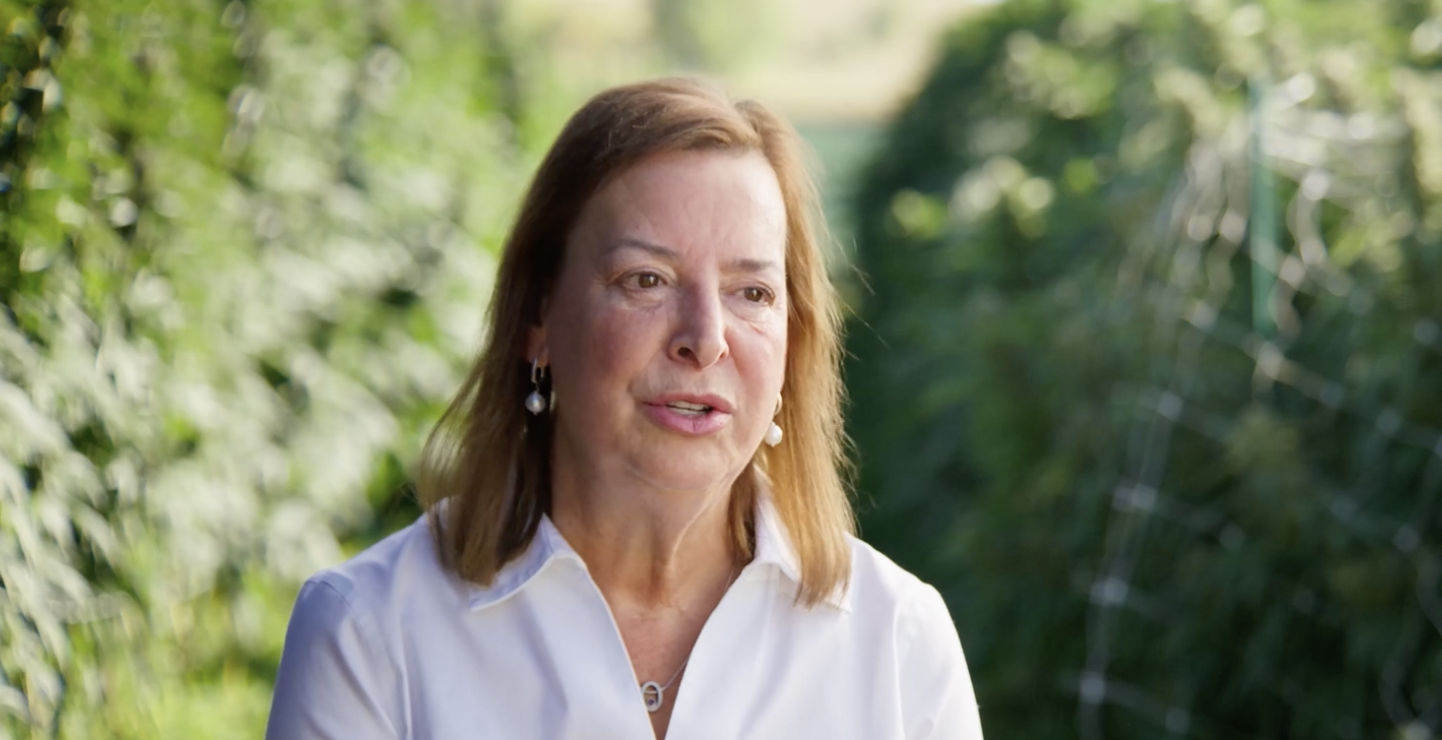Your first job out of school was probably a bit rough — everybody makes rookie mistakes — but recent grads who spent half their college years (barely) learning on Zoom might need extra supervision, reports the Wall Street Journal. Entry test scores have fallen across industries, especially for hands-on work such as manufacturing and nursing.
Managers are particularly concerned about a decline in soft skills, such as communications and customer service. Young men’s verbal abilities declined 11% during COVID, according to one assessment organization.
Remember that Gen Z didn’t choose to spend their formative years in lockdown. Some experts now recommend hiring based on entry-level candidates’ eagerness to learn as opposed to current knowledge. It’s an opportunity to invest in employee training and professional development — and hey, you just might discover a passion for mentoring.
Unlock the Next Level! Tell us about your mobile gaming habits to contribute to our next research piece in this brief (<1 minute) survey.
|
|
|
Returnships: New Programs to Help Employees Rejoin the Workforce After a Gap
|
New college grads aren’t the only ones who might need some upskilling.
Droves of talented employees left the workforce during the pandemic, including many women whose kids’ day cares shut down. Although they want to get back to work now, their employment gap is proving to be a significant obstacle. (And you thought getting a job right out of college was hard!)
Major companies have created “returnships” as a solution. No, this isn’t when you send back your Amazon packages because you ordered the same shirt in three sizes. A returnship is a return-to-work program that helps employees rejoin the workforce after taking a hiatus.
Returnships are typically short-term, paid positions that provide training, mentoring, and real-world experience in a specific field. They’re designed to help workers refresh their skills, update their knowledge, and regain their confidence in the workplace.
For example, Grubhub’s four-month Reconnect Returnship Program helped returning workers join its software engineer team. About 80% of Grubhub’s first Reconnect cohort converted to full-time employees afterward.
|
|
|
🤿 DIVE DEEPER
- >How Apprenticeships Can Help Solve Your Diversity Problem
|
|
|
PepsiCo’s returnship program had a similar story: Eighty percent of program participants in 2022 accepted full-time job offers upon completion. Their program, a partnership with Path Forward, is “open to professionals with at least five years of experience who are returning to the workforce after a career break for caregiving of two or more years.”
Amazon, Microsoft and IBM offer returnships as well, with many of these programs targeting women specifically. But it’s not simply out of generosity; returning-to-work employees benefit companies with their years of experience and refreshed enthusiasm.
Should your business offer a return-to-work program? Consider these benefits:
Access to overlooked talent: People who have taken career breaks often bring unique perspectives and expertise to the table. This can be helpful for companies looking to diversify their workforce.
“Try before you buy”: Similar to an internship or apprenticeship, a returnship gives companies the opportunity to evaluate potential employees before committing to a full-time hire. This allows you to assess an individual’s skills, work ethic, and cultural fit before making a long-term commitment.
Addressing talent shortages: Many industries are facing recruitment difficulties, and returnships can be an effective way to address this issue with a win-win approach.
|
|
|
After Action Reviews Promote Team Learning
|
|
|
Dr. Steven Rogelberg is a chancellor’s professor at UNC Charlotte, former president of the Society for Industrial and Organizational Psychology, and author of Glad We Met: The Art and Science of 1:1 Meetings.
It’s imperative for a leader to gather their team members together periodically to reflect and learn from decisions and projects that go well and those that don’t go so well. A great tool to help facilitate this is the After Action Review (AAR).
AARs are typically done in a meeting at the conclusion of a project (although can be done midstream if needed) and are short in duration (15-20 minutes but can be longer if needed). In the AAR, the team works together to answer the following questions:
- “What happened?”: Let’s get the facts on the table.
- “What went well?”: Where did we hit the target or do better than intended and why?
- “What did not go so well?”: Where did we fall down or not achieve desired outcomes and why?
- “What can we take from all of this?”: What are our key learnings from this effort?
- “What will we do differently next time?”: Prepare to be confronted with a similar situation or problem.
Try to do the AAR within two weeks of the project or action completion, so that details remain fresh. To carry out an AAR, remember the following:
- Before the meeting, remind attendees that the AAR is about learning, not judgment or assigning blame. Mistakes are inevitable; learning from them is what makes a team great.
- Establish a set of ground rules for being candid, open, and avoiding personal attacks. You want to hear from all present.
- You need a facilitator, who can be internal to the team or someone brought in. What’s key is that the facilitator: engages all; keeps the meeting focused on learning (with constant probing to better understand the situation); and helps manage any emergent conflicts by creating a safe place for the conversation to occur.
- Document key learnings as needed. End the AAR on a positive note, focusing on paths forward rather than looking backward.
|
|
|
From VP of Marketing to $350M Queen of Cannabiz
|
Most people who quit their jobs to spend more time with weed gummies don’t become multimillionaires out of it. Unless you’re Nancy Whiteman, founder of Wana Brands (“North America’s Favorite Edibles Company”).
In 2010, Whiteman left a cushy marketing VP job at the Paul Revere Life Insurance Company to cook up THC edibles in (where else?) Boulder, Colorado. She and her husband studied local dispensary trends, borrowed a commercial kitchen to test out recipes, and put up roughly $50,000 of their own funds to hire employees.
Wana made $100,000 in its first year. Soon, it had amassed a 48% market share in Colorado. A decade later, Whiteman sold the brand to a Canadian cannabis company for a very cool $350 million.
“It was not a long-term dream,” she told MJBI. “It wasn’t something that we pondered for a long time. It was more sort of, hey, let’s try this. This sounds like it could be rather interesting.”
Not every risk has such a sweet payoff, but success only comes to those who Wana work for it.
Now let’s get blunt about starting a weed brand…
|
|
|
On Aug. 4 in Business History:
|
- 1693: Legend has it that Dom Perignon, a French monk, created champagne at his abbey in Hautvillers, France. Today, the brand that bears his name is worth a reported $836 million.
- 1862: Abraham Lincoln signed the first-ever U.S. income tax into law, imposing 3% on individuals earning between $600 and $10,000, and 5% on any higher incomes.
- 1915: Avis Car Rental founder Warren Avis was born. And speaking of rental cars…
- 1988: Hertz Corp. pleaded guilty to (and paid out $23 million for) overcharging customers and insurance companies on auto repairs. It was the largest-ever consumer fraud case at the time.
- 1989: The U.S. Senate approved the Financial Institutions Reform, Recovery, and Enforcement Act of 1989 (FIRREA) in reaction to the savings and loan crisis, which President George H.W. Bush signed five days later.
|
|
|
Written by Skye Schooley, Dan Ketchum, and Ali Saleh. Comic by John McNamee.
|
|
|
|






